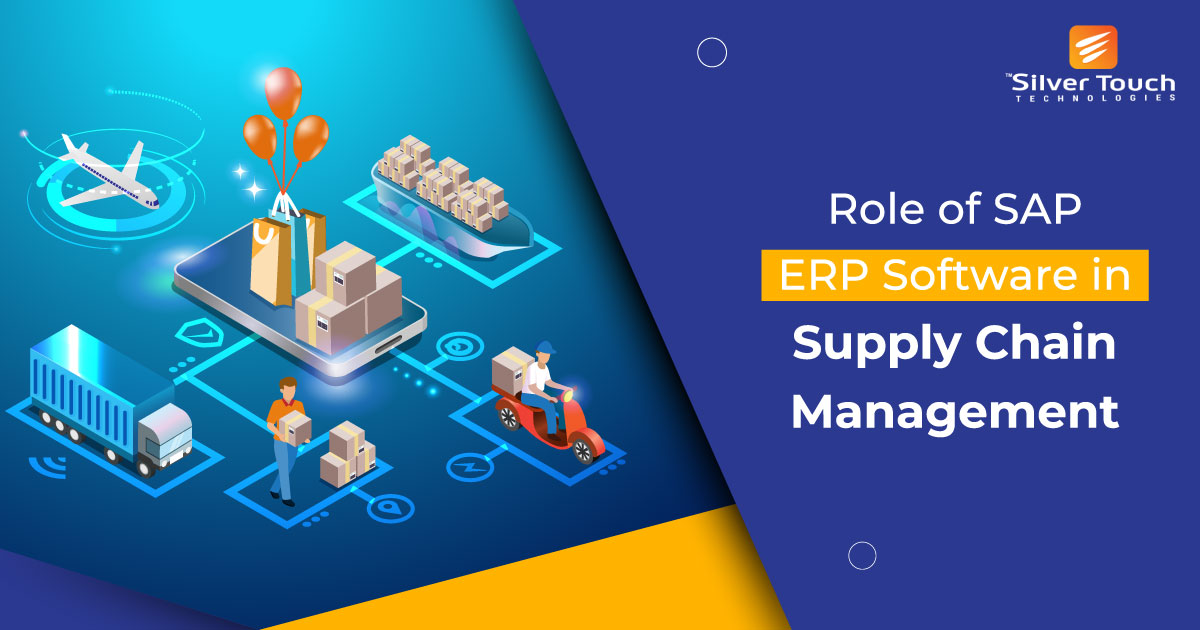Before I tell you how we found our digital zen, let me paint a picture of the chaos.
My Journey from Supply Chain Chaos to Digital Harmony with ERP
The Tangled Web I Used to Weave: Life Before Digital
Imagine this: Orders coming in from emails, phone calls, and even handwritten notes. Our inventory, a constant guessing game. "Do we have enough widgets?" "When will that raw material arrive?" My team would spend hours on the phone with suppliers, cross-referencing spreadsheets that were often outdated before they were even finished. Production schedules were a work of fiction, constantly derailed by unexpected stockouts or sudden surpluses of materials we didn’t need.
My heart would sink every time a customer called asking about a delayed order. We’d scramble, tracing shipments with tracking numbers written on sticky notes, only to find a crucial component was stuck in transit, or worse, forgotten in a corner of our own warehouse. Costs piled up – expedited shipping, wasted materials from over-ordering, and the silent, insidious cost of lost customer trust. Our supply chain wasn’t just inefficient; it was a black hole for time, money, and sanity. It felt less like a chain and more like a knotted ball of yarn that had been attacked by a particularly enthusiastic kitten.
The "Aha!" Moment: Discovering ERP
I knew we couldn’t go on like this. The market was getting faster, customer expectations were soaring, and our competitors seemed to be moving with a fluidity we could only dream of. I started reading, attending webinars, and talking to other business owners. That’s when I kept hearing this acronym: ERP.
Initially, I thought ERP (Enterprise Resource Planning) was just for massive corporations, something far too complex and expensive for a company like mine. But the more I dug, the more I realized it was exactly what we needed. It wasn’t just about accounting or sales; it was about integrating everything. And that’s where the magic truly began – especially for our supply chain.
Unraveling the Knots: How ERP Digitized Our Supply Chain
The real game-changer wasn’t just ERP itself, but how it transformed our fragmented, analog supply chain into a streamlined, Digital Supply Chain. It was like upgrading from a dusty map to a real-time GPS system with predictive traffic analysis.
Here’s how ERP helped us digitize and optimize every crucial link:
1. Real-time Inventory Management: No More Guessing Games
Before ERP, our inventory was a mystery. We’d do manual counts, often discovering discrepancies weeks later. With ERP, it was like someone flipped a light switch. Every item – from raw materials to finished goods – was tracked in real-time.
- What it does: As soon as materials arrive, they’re scanned in. When they’re used in production or shipped out, the system updates instantly.
- The digital difference: We gained complete visibility. I could see exactly what we had, where it was, and when we’d need to reorder. This eliminated stockouts, reduced excess inventory, and freed up valuable warehouse space. It meant no more surprise delays because a critical part was missing.
2. Automated Procurement: Smarter Sourcing, Less Hassle
Procurement used to be a never-ending cycle of phone calls, emails, and comparing prices on different vendor lists. It was slow, prone to errors, and reactive.
- What it does: Our ERP system now automatically identifies when inventory levels are low and can even suggest reorder points based on historical data and sales forecasts. It automates purchase order generation and sends them directly to approved suppliers.
- The digital difference: We moved from reactive buying to proactive, strategic sourcing. Our ERP helped us identify the best suppliers, track their performance, and even negotiate better deals thanks to consolidated purchasing data. No more forgotten orders or frantic last-minute calls.
3. Optimized Production Planning: A Smooth Ballet, Not a Stumble
Our production schedule used to be a house of cards. One missing component, one machine breakdown, and the whole thing collapsed.
- What it does: ERP integrates sales forecasts, current inventory levels, and available production capacity. It then creates an optimized production schedule, ensuring we have the right materials at the right time to meet demand.
- The digital difference: This integration meant our production line became a well-oiled machine. We could anticipate bottlenecks, allocate resources efficiently, and respond much faster to unexpected changes in demand. Our shop floor became less about firefighting and more about smooth, continuous flow.

